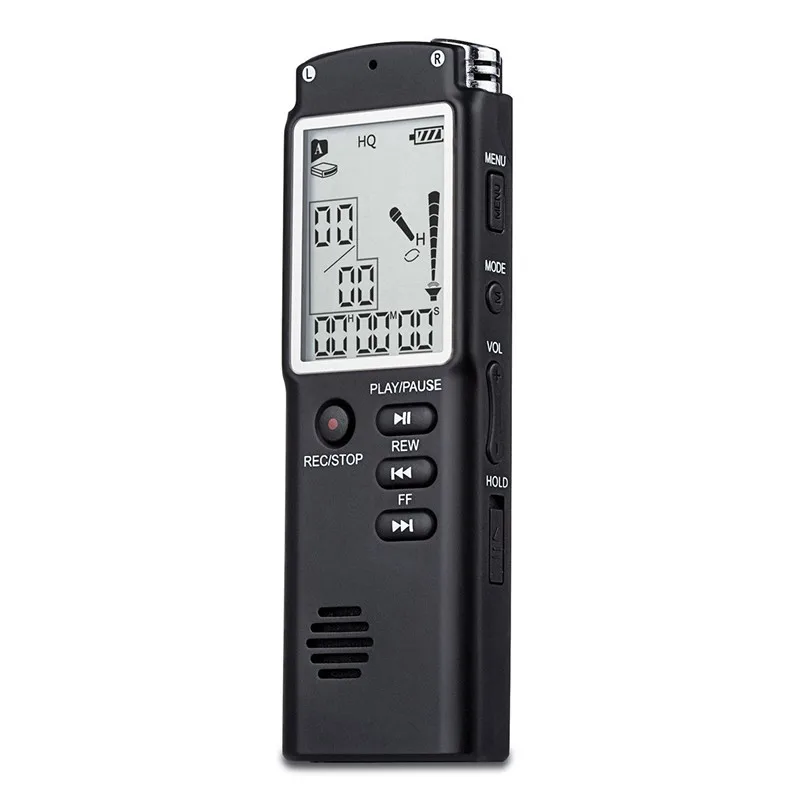

If you want to take your interview recording to the next level – get this recorder from Amazon. Are you are looking for a “plug and play” recorder? The Zoom Hn1 is not for you: newbies are not welcome. If you have experience recording audio and want to step up your game, try this recorder – you won’t be disappointed. But you can power the Zoom H1n using a USB charger, which is what I recommend you do if you’re recording a long session. You can power the recorder using 2 AAA batters which give you about 10 hours of battery life (and you can’t recharge batteries using this recorder). So your storage capacity is limited to 32 GB max (and it has no internal memory so you’ll need to buy a microSDHC storage card to use the recorder). This recorder only supports microSDHC cards. And you can also use it as a USB microphone. Outputs 2.5v plug-in power – enough to power most external microphones. It’s bulky, but fits like a glove to you hand perfect for recording field interviews where you’ll need to hold the recorder up. A minimalistic design – which I also like. Why do I recommend it? I really like the sound of the recordings.

Most of which you won’t use when recording research interviews, for instance the 96 kHz 24 bit wav recording format is overkill. As it’s geared toward audio professionals, it’s got a lot of features. Maybe if you know how filters work it is possible to do something from ffmpeg itself, e.g.The Zoom H1n is an entry-level professional digital recorder that records very good sound, better than the older H1 version. save to mp3 and add a tremolo effect: ffmpeg -f alsa -i default -af tremolo=d=0.8 -t 30 out.wav I'm not sure if this is a good idea (delays due to encoding/effects processing?), but it seems to work, e.g.

I'm not sure why, but some recording methods don't seem to pick up the noise cancelling, on my tests so far:īut it might be a question of passing the right command line option to the ones that didn't.Īnother possible advantage of ffmpeg arecord is that it might support more output formats/effects and save that directly to the output file. Record with ffmpeg: sudo apt install ffmpeg Install and enable module-echo-cancel as shown at: I have managed to achieve good sound quality with low background noise by: Other programs to look at are MHWaveEdit, and KWave

To download, and more info, check out their website Run this command: alsamixer to check your microphone level.Īlso you can use sox to record your voice, it can be installed from the Ubuntu Software Center, r install it from the terminal with this command: sudo apt-get install soxĪrdour is a powerful digital audio workstation that gives you everything you need to record, edit, mix, and arrange professional audio. Make sure your microphone is connected to your computer and well configured. When it opens, run the command(s) below: sudo add-apt-repository ppa:osmoma/audio-recorderįor Ubuntu versions higher than 15.10 there is a new ppa which can be found at sudo add-apt-repository ppa:audio-recorder/ppa To install, just press Ctrl+ Alt+ T on your keyboard to open Terminal. Audio Recorder is a recording program, that allows user to record audio from various sources, and allows you to save recording in various formats.


 0 kommentar(er)
0 kommentar(er)
